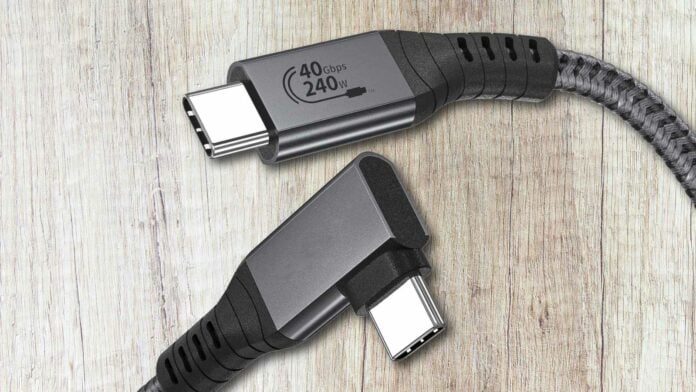USB4 is the newest Universal Serial Bus specification. It does away with a lot of the confusion of older standards, ditching different connectors and cables of varying speeds for something faster and a bit more standardised. Better yet, it’s backwards compatible with some of the older generations so you don’t have to suffer a headache plugging it in.
Universal Serial Bus standards are all governed by the USB Implementers Forum (USB-IF). This nonprofit organisation emerged to promote the implementation, standards, and transmission procedures for USB. It was founded by a conglomerate of companies, including Compaq, IBM, Intel, Microsoft, NEC, Digital Equipment Corporation, and Nortel. Notable current members include HP, NEC, Microsoft, Apple Inc., Intel, and Agere Systems.
Nevertheless, USB4 utilises the very same USB-C connector found on most modern PC motherboards and chassis, which may lead to confusion between the two. These two versions operate at varying data transfer speeds and power delivery capabilities. USB4 also includes universal support for DisplayPort alternative mode, while only some USB-C devices have the capability. Still confused? No worries, let’s break it down!
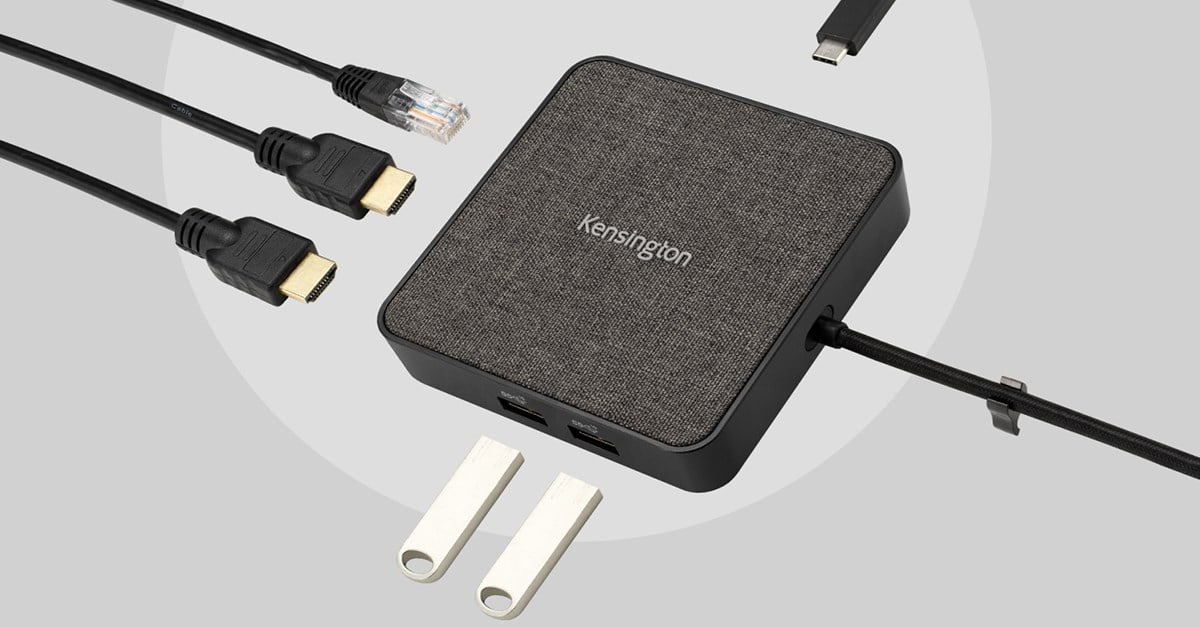
A Brief History
Back in the day, there existed many connectors that allowed communication and power delivery between peripheral devices and computers. Some were proprietary; others were serial and parallel ports in varying form factors. This made setting up communications a pain in the butt. The USB-IF banded together to develop and introduce the USB in 1996 as a standard connection method for these devices. This includes keyboards and mice, gamepads and joysticks, scanners, printers, fax machines, digital cameras, and external hard drives.
Thankfully, the USB became so popular that it is now commonplace on almost every device in the world. The European Union even forced Apple to conform, ditching its egregious lightning connector for the newer USB-C connection.
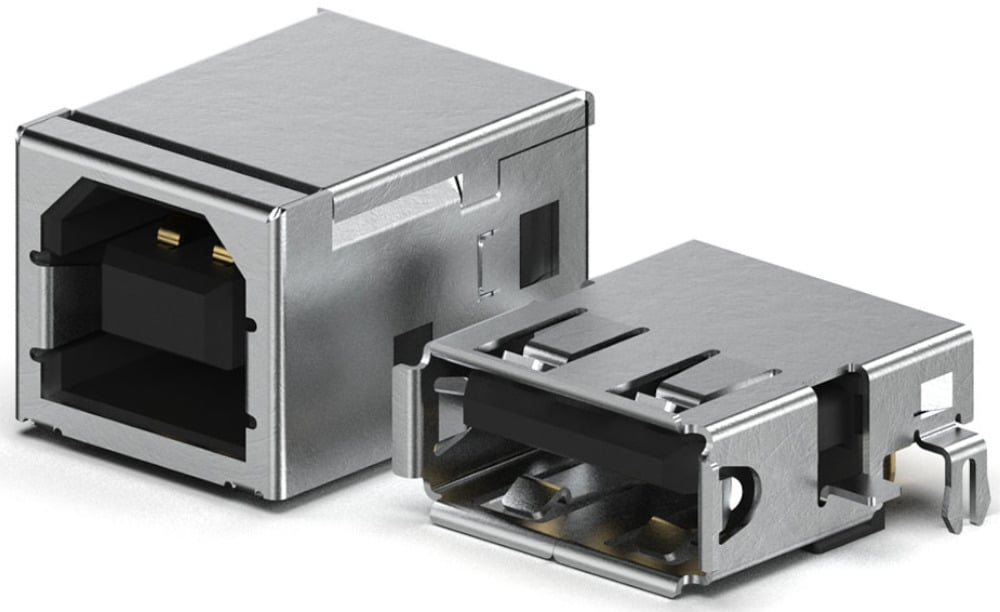
As a quick run down, we have USB 1.0, released in 1996, which introduced the Type-A (right) and Type-B (left) connectors. It was capable of 1.56Mbps transfer speeds and 100mA power delivery. By 1998, this was updated to USB 1.1, which used the same connectors but upped the data throughput to a whopping 12Mbps.
USB 2.0 released in 2000. It continued the use of USB Type-A connectors. However, it also introduced two end-user connection types: Mini USB-A and Mini USB-B. We mainly saw these five-pin connectors on digital camcorders, hubs, and external hard drives of the day. USB 2.0 increased transfer speeds from 12Mbps to 480Mbps, and was capable of 500mA power delivery. Finally, the infamous Micro USB form factor arrived in 2007 and was made specifically for smaller devices like tablets and smartphones.
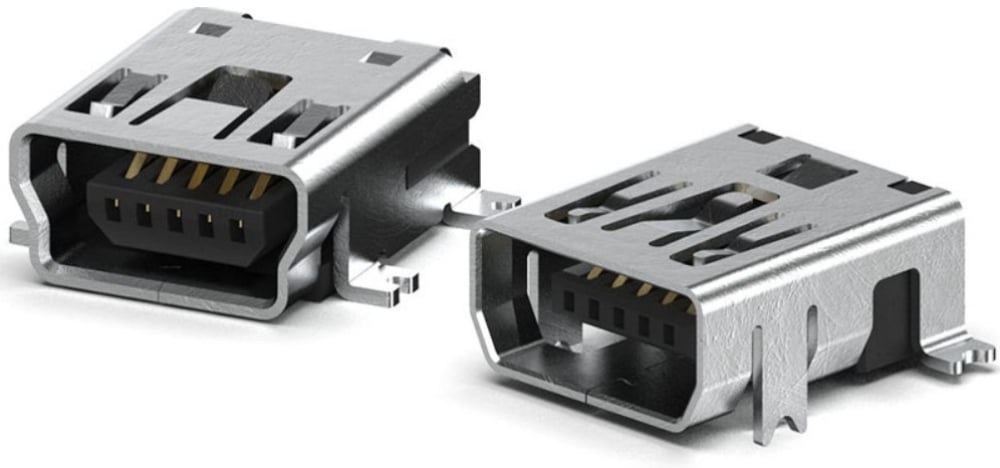
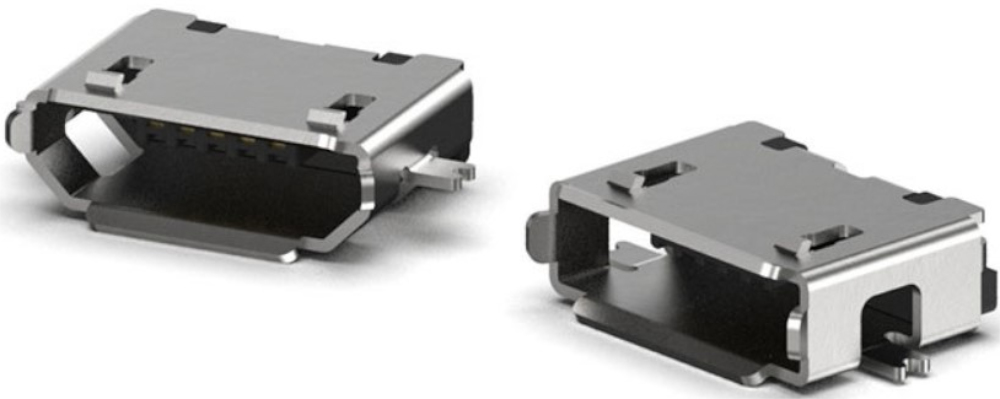
USB 3.0 and beyond
Moving onto USB 3.0 we start getting into familiar territory. The first USB 3.0 specification cropped up in 2008. This saw the introduction of the USB SuperSpeed (SS) connector types, most commonly identified by its blue insides.
This enabled data transfer speeds of up to 5Gbps, as well as up to 900mA power transfer rates. Cables connectors were also upgraded to handle the upgraded bandwidth and power delivery. I think the most identifiable cable would have to be the combination Type-AB to USB Type-A variant required for use with faster USB 3.0 SS external hard drives.
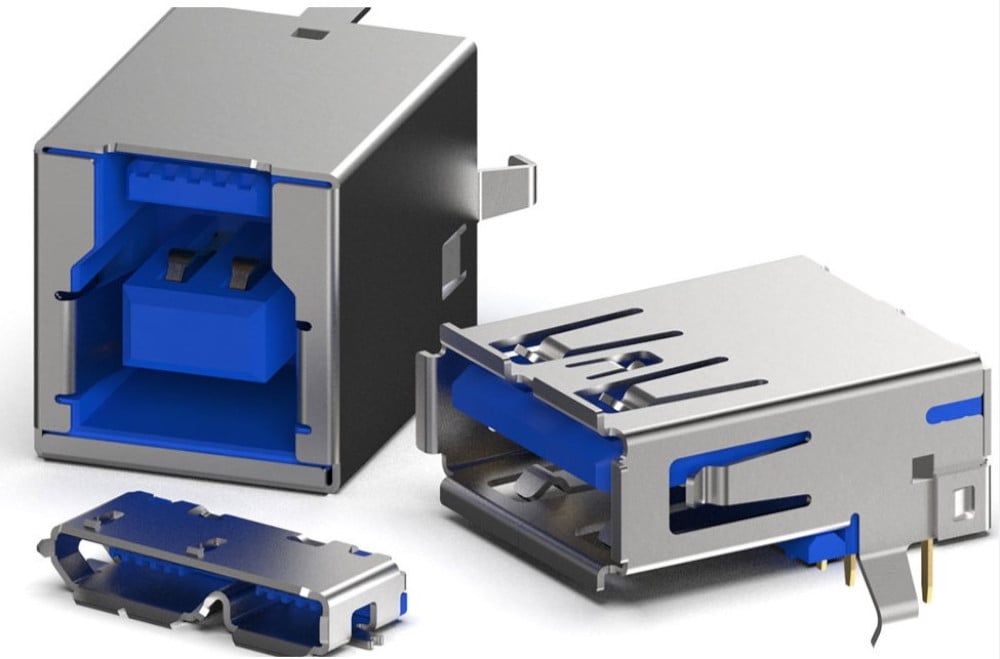
In 2013, USB 3.1 was launched in two different variants: Gen 1 and Gen 2. Gen 1 supported the original SuperSpeed standard, while Gen2 supported the new SuperSpeed+. SS+ is capable of a whopping 10Gbps transfer speed and up to 1.5A power throughput. Shortly after, in 2014, the very first USB Type-C connector and cable was introduced to make use of this faster bandwidth and higher power delivery.
By 2017, the USB-IF launched USB 3.2. It added four new modes, but the most important ones are the USB-C only, Gen 1 x2 and Gen 2 x2. USB 3.2 Gen 1 x2 maintained the operating modes of its predecessor, while Gen 2 x2 doubled data transfer rates to 20Gbps and up to 5A power delivery.
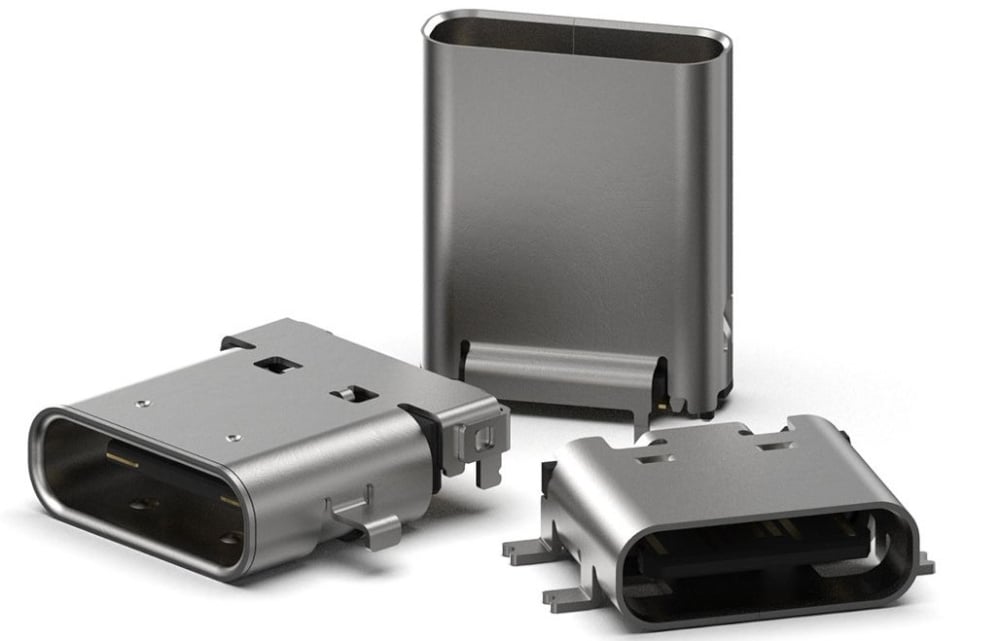
Whew! Basically, all you need to know is that the initial USB 1.0 has undergone several transformations since 1996, culminating in today’s USB4 standard.
What are the advantages of USB4?
USB4 was released in 2019. This is based on Intel’s Thunderbolt 3 protocol. Therefore, it is compatible with Thunderbolt 3, Thunderbolt 4, and backward compatible with USB 3.2 all the way down to USB 2.0. Bandwidth increased to 40Gbps, and power transfer rate maintained a maximum amperage of 5A.
It is built solely around the USB-C connector, meaning the cable is reversible, so you no longer need to flip your cables around. However, for backward compatibility, you will require a Type-C to Type-A adapter to connect to those designated ports.
Besides blazing fast transfer speeds, higher bandwidth enables USB4 to accommodate more devices without negatively impacting latency. It’s ideal for gamers, video editors, streamers, and professionals the world over.
Another advantage is that it can handle up to 240W of power delivery. Even at its standard power range of up to 100W, you’ll have more than enough power to charge a laptop and it eliminates the need to carry a power brick. Alternatively, it can power and drive up to two 4K monitors over a single USB-C cable, which is pretty awesome if you ask me.
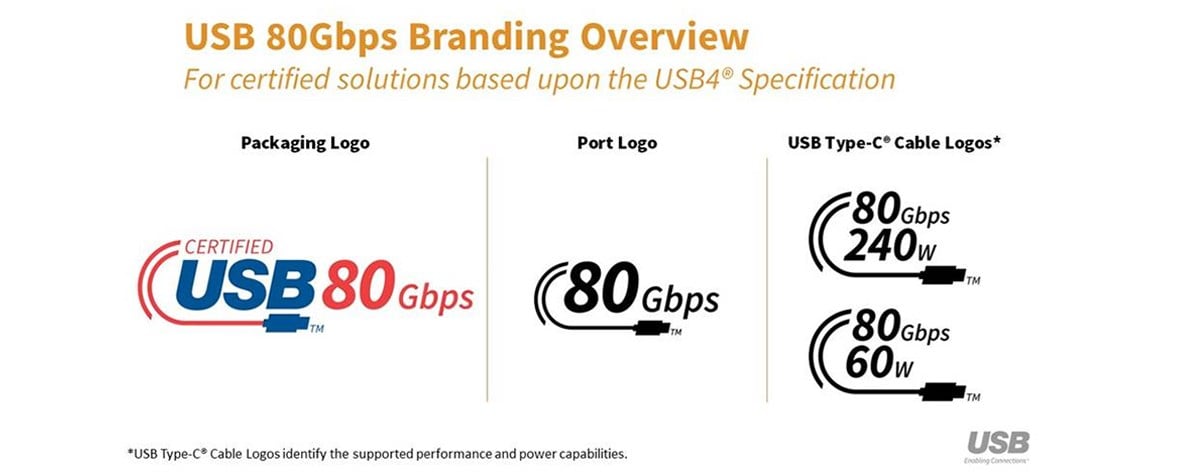
By 2022, USB4 2.0 was introduced with the ability to support speeds of up to 80Gbps over USB-C. However, the standard has yet to be properly implemented by manufacturers. Of note, USB-IF also killed off all SuperSpeed branding in 2022. Now, USB port logos must indicate maximum transfer speeds, while USB cable logos must also include the maximum power transfer rate.
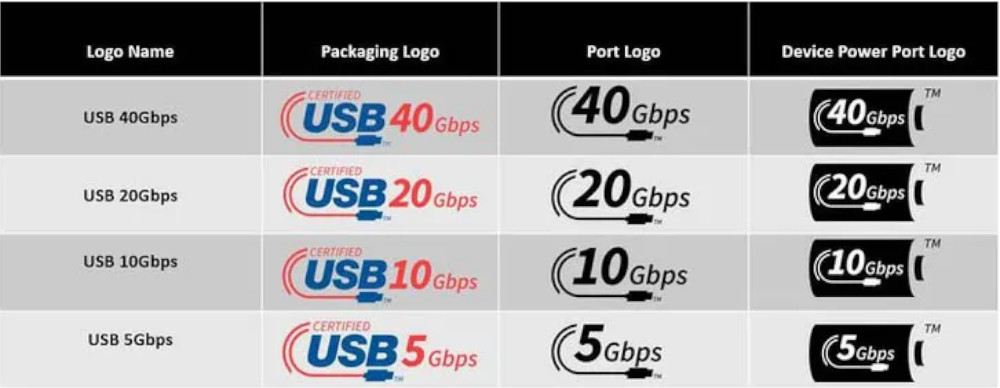
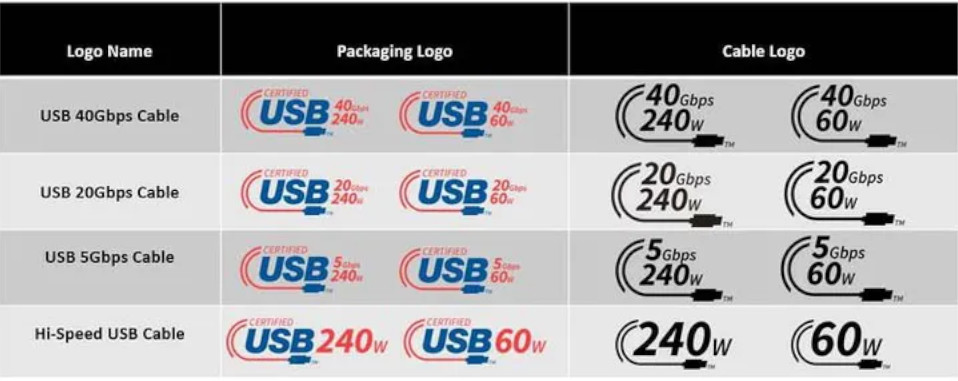
What’s next?
Looking toward the future, USB4 2.0 has a few notable upgrades worth mentioning. Up to 80Gbps transfer rates bring the potential to boost performance with external storage drives, eGPUs, high-resolution monitors, USB-based hubs, and docks. USB 3.2 data tunnelling will also be able to exceed 20Gbps for the first time, and the next-gen standard will include support for the latest versions of DisplayPort and PCIe.
That’s about it! The latest Intel laptops and desktop CPUs are compatible with USB4, however this is dependant on the motherboard and manufacturer. AMD has had trouble in the past implementing the new USB4 standard, but there are a few Team Red laptops and premium AM5 motherboards with USB4 support. Hopefully, this will be the standard rather than the exception in the near future. USB4 for all!


